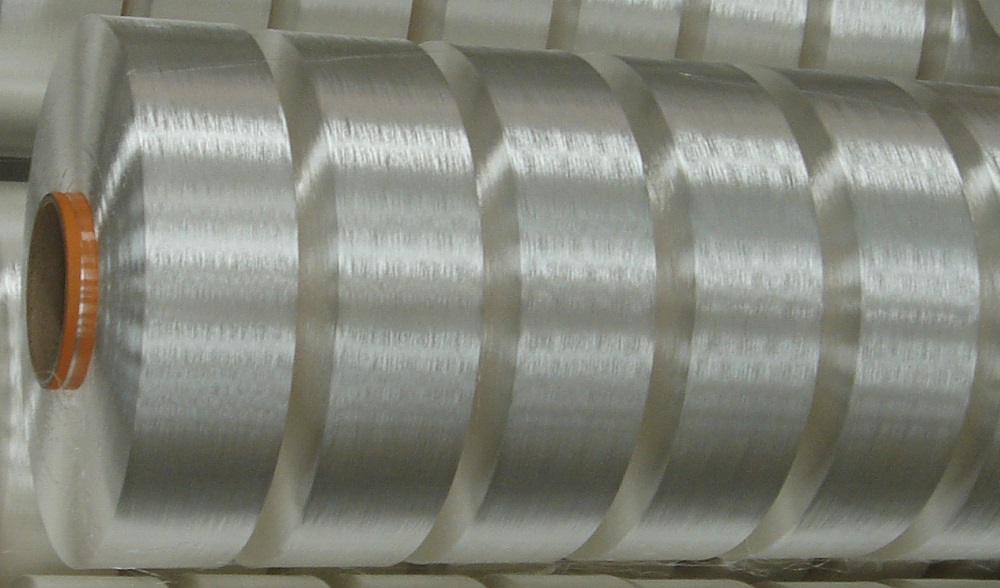First, the old protocol classifies cleanliness test samples into four categories: good seeds, waste seeds, living impurities (including weeds and other crop seeds, live pests, and pathogens), and inanimate impurities. The weight of good seeds is taken as the total number of samples. The percentage of weight is the seed clarity. The new protocol is a clean degree analysis. The sample is divided into three components: net seeds, other plant seeds (isocrop seeds and weed seeds), impurities, and the weight percentages of the various components. At the same time, all the seeds and various impurities in the sample are identified as far as possible, and whether there are toxic or harmful seeds in the seed batch is determined, and the composition of the seed batch is inferred accordingly.
Second, there are certain differences in the operational steps of the test. The first step of the old protocol was the inspection of smell and color L. Since this item does not affect the analysis of the degree of clarity, the new procedure does not have this and is simpler. For the inspection of large impurities in the old regulations, the determination of large impurities with a size of 0.6 cm or more in the sample shall be carried out to weigh out; and when the new regulations examine heavy blends, the seeds of various crops shall have large differences in size, and there shall be no clear grain. The boundary line, more closely stated that “hybrids that differ significantly from the size or weight of the seeds tested and that severely affect the results†is a heavy-duty hybrid.
Quantitative sample dispensing. In the old protocol, two samples of the sample or semi-sample are taken and the scale is uniformly weighed with a balance of 1/100 g. The new protocol uses only half of the sample, and the sample is usually one part of the prescribed weight. The sample can be, and in order to meet the requirements of calculating the percentage of various components to a decimal point, the required number of decimal places when weighing is not the same.
The old regulations only mentioned the use of aluminum nested sieves to assist in the screening process. The new regulations describe in more detail not only the use of sieves, but also instruments such as magnifiers and hair dryers, or the use of tweezers on the basis of not damaging germination power. For accurate analysis and identification.
The new protocol not only has the general rules for the separation of net seeds, other plant seeds and impurities, but also the rules for the definition of net seeds, while the old regulations do not have such detailed rules, and there are differences in the criteria for the identification of net seeds.
The old protocol did not classify the allowable gaps between the repetitions of the various components, and the new procedures classified them in more detail, such as the allowable gap between the samples for the various degrees of cleanliness analysis and the allowable gap for the analysis of the clarity of the seeds of the shells. In addition, “increase weight loss in the verification analysis process†has also been added. That is, the sum of the weights of the various components after the analysis should be compared with the original weight, and whether or not the material is increased during the verification analysis. If the loss increase difference exceeds 5% of the original weight, redo. In addition, in the number of reserved digits, the old protocol requires the average of the two samples to be rounded to the second decimal place, and the final result of the new procedure requires a decimal place.
Comparing the two inspection procedures is very close to the value of seed use. However, the requirements of the old regulations for good seeds are very strict and it is difficult to grasp them by distinguishing them from the fees. The relative requirements of the new procedures are relatively relaxed, and the perceived errors are relatively small. The clarity analysis is fast. The application of the Seed Clarity Observatory in the verification of seed clarity is worth promoting.
Polyester Full Draw Yarn Cationic
Polyester Full Draw Yarn Cationic is considered a modified polyester fiber, there are cationic dyeable sulfonic acid groups within the fabric structure, allowing for improvement in its dyeability, and has high degree of staining power. Only a small amount of dye is needed to get a rich and deep color, enhancing the vividness of the dye. Saturable dyeing can be done under regular pressure and 100℃ conditions,Excellent dyeing fastness, can improve the dye migration problem encountered during the laminating and gluing processes.
Application
Widely use for Casual wear, sportswear, jackets, and outerwear.

Types Of Yarn,Full Draw Yarn Cationic,Polyester Cationic Yarn,Polyester Full Draw Yarn Cationic
YIBIN MERRY TRADING CO. LTD. , https://www.cnmerry.com